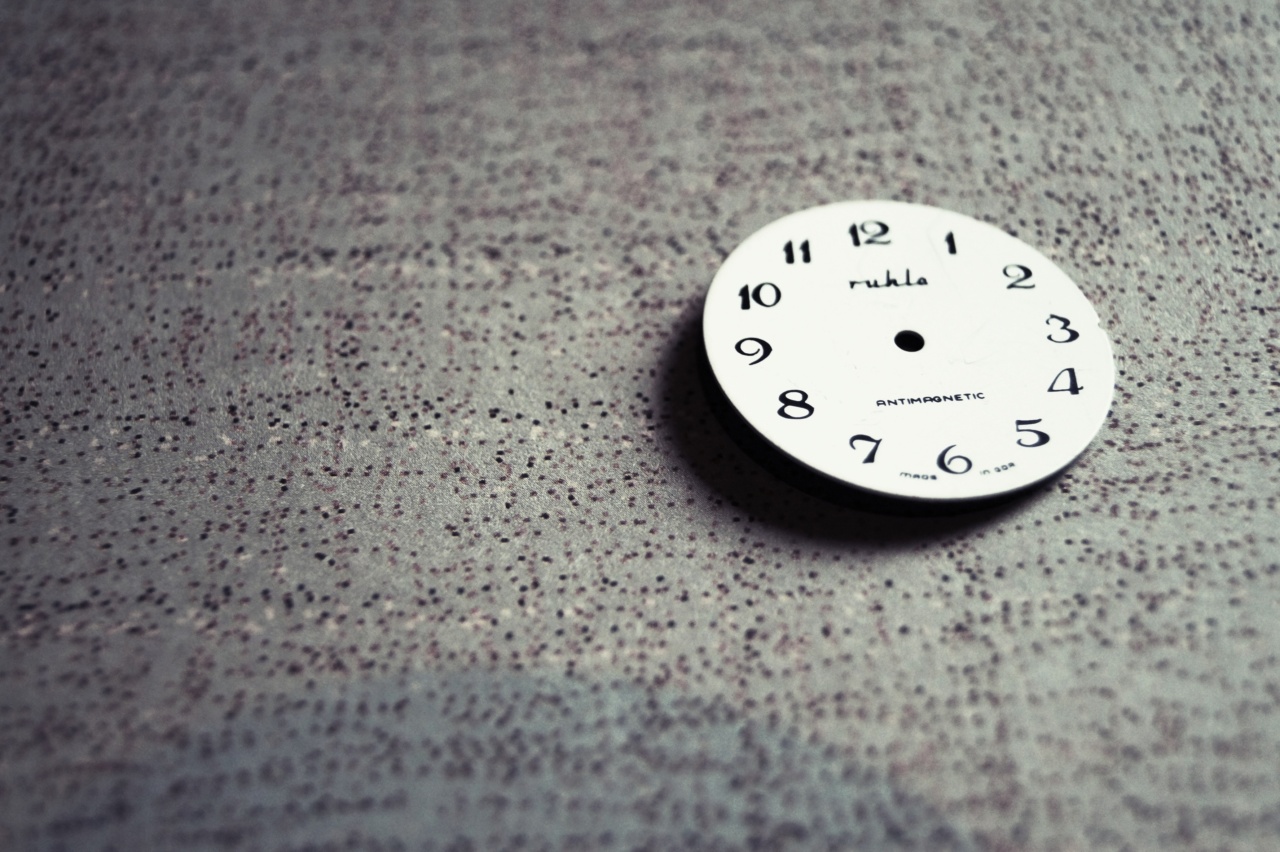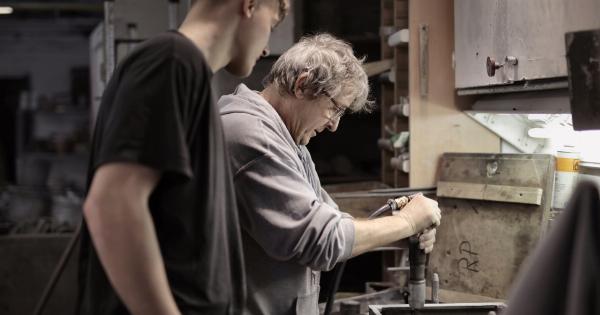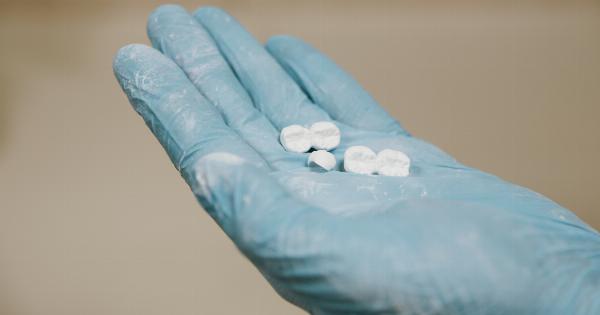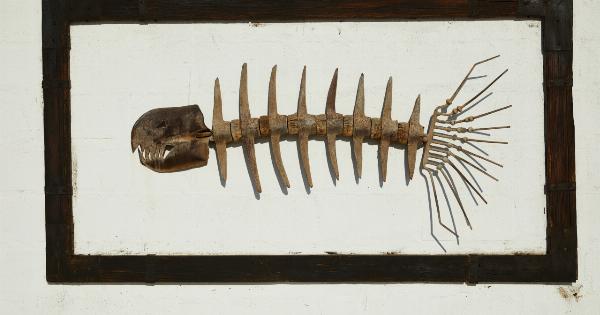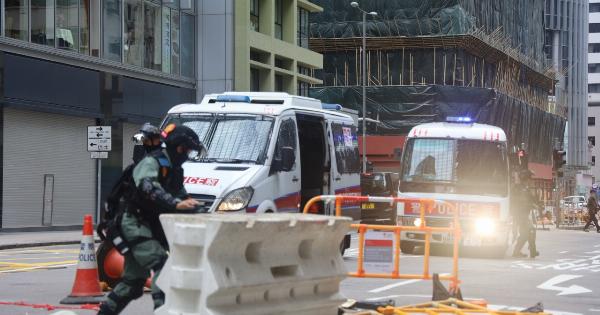When a bone breaks, the healing process doesn’t start immediately. Instead, the body reacts to the injury by forming a protective blood clot and a callus, which is a hard, bony lump that fills the gap between the broken bone.
The callus is made up of collagen, which is a protein that provides structural support and is the most abundant protein found in the human body, and calcium, which is a mineral that plays a crucial role in bone health.
Factors Affecting Healing Time
The healing time of a broken bone depends on several factors, including:.
Type of Break
The healing time of a broken bone depends on the severity and location of the break.
A simple fracture, which is a break in the bone that doesn’t penetrate the skin, will typically heal faster than a complex fracture, which is a broken bone that is fragmented, crushes, or displaces into another bone.
Age
The age of the patient can also affect the healing time of a broken bone. Younger individuals generally have a faster healing time, as their bones are still growing and are more adaptable to change.
Conversely, elderly individuals may take longer to heal due to a reduction in bone density and blood flow.
Gender
Studies have shown that females have a slower healing time than males. This may be due to hormonal differences or differences in bone density.
Overall Health
The overall health of the patient can also affect the healing time of a broken bone. Conditions such as diabetes or osteoporosis can lead to delayed healing times, while a healthy lifestyle can promote faster healing.
Stages of Bone Healing
Bone healing occurs in several stages:.
Inflammatory Phase
The first stage of bone healing is the inflammatory phase, which lasts for a few days after the injury.
During this phase, the body sends inflammatory cells and cytokines to the site of the injury, which helps to remove any damaged tissues and promotes the formation of the callus.
Reparative Phase
The second stage of bone healing is the reparative phase, which lasts from a few days to a few weeks after the injury. During this phase, the callus becomes harder and is replaced by new bone tissue. This process is known as ossification.
Remodeling Phase
The final stage of bone healing is the remodeling phase, which can last for several months to several years after the injury. During this phase, the bone tissue is reshaped to restore its strength and functionality.
This process occurs as a result of osteoclasts, which break down old bone tissue, and osteoblasts, which form new bone tissue.
Healing Time for Different Breaks
Arm or Leg
The healing time for a broken arm or leg can vary depending on the severity of the break. A simple fracture can take 6-8 weeks to heal, while a more complex fracture may take up to 6 months.
Individuals who have undergone surgery to repair the break may require additional time to heal.
Shoulder Blade
The healing time for a broken shoulder blade can be significant, as the bone is located deep within the body and is difficult to immobilize. A simple fracture can take up to 6 weeks to heal, while a complex fracture may take 3-4 months.
Collarbone
The healing time for a broken collarbone can be significant, as the bone is located near several major blood vessels and nerves. A simple fracture can take 6-8 weeks to heal, while a more complex fracture may take up to 3 months.
Ribs
The healing time for a broken rib can vary depending on the severity of the break. A simple fracture can take 4-6 weeks to heal, while a more complex fracture may take up to 3 months.
Spine
The healing time for a broken spine can be significant, as the bone is located near the spinal cord and is essential for mobility. A simple fracture can take up to 12 weeks to heal, while a more complex fracture may take up to 6 months.
Individuals who have undergone surgery to repair the break may require additional time to heal.
Factors That Can Prolong Healing Time
Several factors can prolong the healing time of a broken bone, including:.
Infection
An infection can occur at the site of the break, which can delay the healing process. It is essential to keep the wound clean and watch for any signs of infection, such as redness, swelling, or fever.
Noncompliance
If the patient does not follow their doctor’s instructions for care and rehabilitation, the healing time may be prolonged. It is essential to maintain proper rest and follow any prescribed exercises or therapy to promote bone healing.
Smoking
Smoking can interfere with the healing process, as it can reduce blood flow and limit the body’s ability to deliver oxygen and nutrients to the site of the injury.
Alcohol Consumption
Alcohol consumption can interfere with the healing process, as it can deplete the body of essential nutrients and increase the risk of infection.
Conclusion
The healing time for a broken bone can vary depending on the severity and location of the break, as well as several other factors, such as age, gender, and overall health.
It is important to follow proper care and rehabilitation instructions to promote bone healing and reduce the risk of prolonged healing time.
